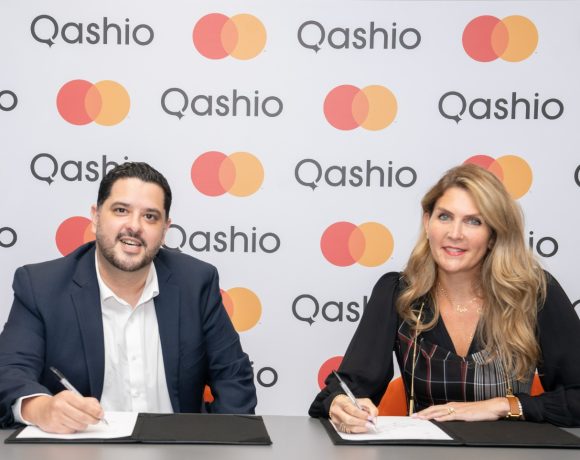Do you know LinkedIn uses personal information to train generative AI?

Here is how to put a stop to that
LinkedIn, Microsoft’s professional networking platform, has announced that it and its affiliates use users’ personal information and content to train generative AI models that generate content, including those developed by Microsoft and its own AI systems.
This decision has raised privacy concerns among the 900 million LinkedIn users worldwide, leading many to seek ways to opt out of having their data used for generative AI training. By the way, LinkedIn is on track to have a user population of one billion by 2025.
Understanding LinkedIn’s data use
LinkedIn has indicated that users do not require explicit consent for the platform to utilise their personal data and content for AI training. Instead, the platform provides an opt-out mechanism that users must actively engage with if they do not wish to participate in this data-sharing process.
How to opt out of LinkedIn using your personal information and content to train generative AI:
- Access Settings: Click on your profile picture in LinkedIn’s header menu. A dropdown menu will appear.
- Navigate to Settings & Privacy: Select ‘Settings & Privacy’ from the dropdown to access your account settings.
- Find Data Privacy: Within the settings, locate the ‘Data Privacy’ section. This is where you will manage your data preferences.
- Select Data for Generative AI: Click ‘Data for Generative AI improvement.’ This section will detail how your data is used and the options to change these settings.
- Opt Out: You must toggle off the option allowing LinkedIn to use your data for generative AI training. Note that you might have to opt out twice to prevent LinkedIn from entirely using your data for future training.
Importance of opting out
Opting out is crucial for users who prioritise their privacy and wish to control their personal information and content. Once users opt out, any data previously used for training AI models will remain in the LinkedIn system, but they can prevent future data usage.
As privacy regulations and user concerns about data security continue to evolve, platforms like LinkedIn, which Microsoft acquired for $26 billion, are under increasing pressure to provide more straightforward and accessible options for managing users’ personal data and content.

By following the steps outlined above, LinkedIn users can take proactive measures to protect their information from being used in AI training.
As the trend of utilising user-generated content for AI development becomes more commonplace, understanding how to manage personal data is essential.
LinkedIn’s approach of requiring users to opt out rather than seeking explicit consent highlights the ongoing debate surrounding data privacy in the digital age. Users are encouraged to stay informed about their rights and the practices of the digital platforms they engage with, ensuring they have control over their personal information.
In an update issued on September 18, 2024, LinkedIn stated: We’re making updates to our User Agreement (effective November 20, 2024) and we have clarified practices covered by our Privacy Policy. We are also making available a new opt out setting for training AI models used for content generation in countries outside the European Economic Area (EEA), Switzerland, and the United Kingdom. We’ve started letting our members know about these updates across multiple channels. You can learn more here: https://lnkd.in/diPukjcM
LinkedIn in user numbers
As of December 2023, LinkedIn had over 254 million users in the Asia-Pacific region, making it a leading area in global membership. While the United States has the highest user count by country, the Asia-Pacific’s total surpassed other regions.
The statistics are as follows:
- Asia Pacific: 254M+
- Europe: 236M+
- North America: 220M+
- Latin America: 141M+
- Middle East & Africa: 52M+
These numbers highlight the significant presence of LinkedIn users worldwide.
Featured image: LinkedIn is under pressure to provide more straightforward and accessible options for managing users’ personal data and content. Credit: Airam Dato-on












